The Wall Street Prep Premium Exam: Transaction Comps Modeling (All Versions, 2024) | Verified Real Exam Questions & Detailed Answers for Guaranteed Success | Latest Update is a meticulously curated study resource designed for finance professionals, investment banking aspirants, and business students aiming to master transaction comps modeling and ace the Wall Street Prep Premium Exam. Updated for 2024, this comprehensive guide includes all versions of the exam, featuring verified real exam questions with detailed, step-by-step answers to ensure a deep understanding of key concepts. It covers critical topics such as selecting comparable acquisitions, analyzing transaction multiples, spreading data from financial filings, and building dynamic transaction comps models in Excel, all aligned with industry best practices. The resource also offers practical insights into valuation techniques, sensitivity analyses, and adjustments for non-operational differences like financial leverage and accounting discrepancies. With a focus on guaranteed success, it provides test-taking strategies, real-world case studies, and downloadable Excel templates to simulate exam conditions. This guide is ideal for those seeking to earn the Wall Street Prep Financial & Valuation Modeling Certification, offering lifetime access to materials and a proven track record of helping candidates achieve high pass rates.
Preview
1. What is generally not considered to be a pre-tax non-recurring (unusual or infrequent)
item?
• A) Impairment charges
• B) Restructuring expenses
• C) Extraordinary gains/losses
• D) Legal settlements
Correct Answer: C) Extraordinary gains/losses
Rationale: Extraordinary gains/losses are not typically classified as pre-tax non-recurring items
since they are considered part of the unusual financial events impacting the income statement
directly.
2. What is false about depreciation and amortization (D&A)?
• A) D&A are non-cash expenses
• B) D&A reduce taxable income
• C) D&A reflect the expense of using long-term assets over time
• D) D&A may be classified within interest expense
Correct Answer: D) D&A may be classified within interest expense
Rationale: Depreciation and amortization are never classified within interest expense; they are
separate line items on the income statement.
3. Company X’s current assets increased by $40 million from 2007 to 2008, while the
company’s current liabilities increased by $25 million over the same period. What was the
cash impact of the change in working capital?
• A) Increase of $15 million
• B) Decrease of $15 million
• C) Increase of $40 million
• D) No impact
Correct Answer: B) Decrease of $15 million
Rationale: The cash impact is calculated as the change in current assets minus the change in
current liabilities ($40M – $25M = $15M). Since an increase in assets reduces cash, the net
effect is a $15M cash decrease.
4. The final component of an earnings projection model is calculating interest expense. Why
may this calculation create a circular reference?
• A) Interest expense impacts equity
• B) Interest expense affects cash flows, which impacts the debt level, and in turn, the
interest expense
• C) Interest expense affects operating expenses
• D) Interest expense directly influences revenue
Correct Answer: B) Interest expense affects cash flows, which impacts the debt level, and in
turn, the interest expense
Rationale: Interest expense affects net income and free cash flow (FCF), which in turn affects
debt repayment, creating a circular reference.
item?
• A) Impairment charges
• B) Restructuring expenses
• C) Extraordinary gains/losses
• D) Legal settlements
Correct Answer: C) Extraordinary gains/losses
Rationale: Extraordinary gains/losses are not typically classified as pre-tax non-recurring items
since they are considered part of the unusual financial events impacting the income statement
directly.
2. What is false about depreciation and amortization (D&A)?
• A) D&A are non-cash expenses
• B) D&A reduce taxable income
• C) D&A reflect the expense of using long-term assets over time
• D) D&A may be classified within interest expense
Correct Answer: D) D&A may be classified within interest expense
Rationale: Depreciation and amortization are never classified within interest expense; they are
separate line items on the income statement.
3. Company X’s current assets increased by $40 million from 2007 to 2008, while the
company’s current liabilities increased by $25 million over the same period. What was the
cash impact of the change in working capital?
• A) Increase of $15 million
• B) Decrease of $15 million
• C) Increase of $40 million
• D) No impact
Correct Answer: B) Decrease of $15 million
Rationale: The cash impact is calculated as the change in current assets minus the change in
current liabilities ($40M – $25M = $15M). Since an increase in assets reduces cash, the net
effect is a $15M cash decrease.
4. The final component of an earnings projection model is calculating interest expense. Why
may this calculation create a circular reference?
• A) Interest expense impacts equity
• B) Interest expense affects cash flows, which impacts the debt level, and in turn, the
interest expense
• C) Interest expense affects operating expenses
• D) Interest expense directly influences revenue
Correct Answer: B) Interest expense affects cash flows, which impacts the debt level, and in
turn, the interest expense
Rationale: Interest expense affects net income and free cash flow (FCF), which in turn affects
debt repayment, creating a circular reference.

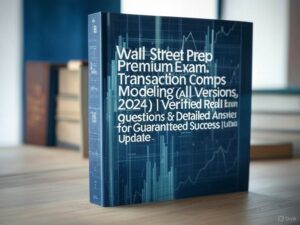


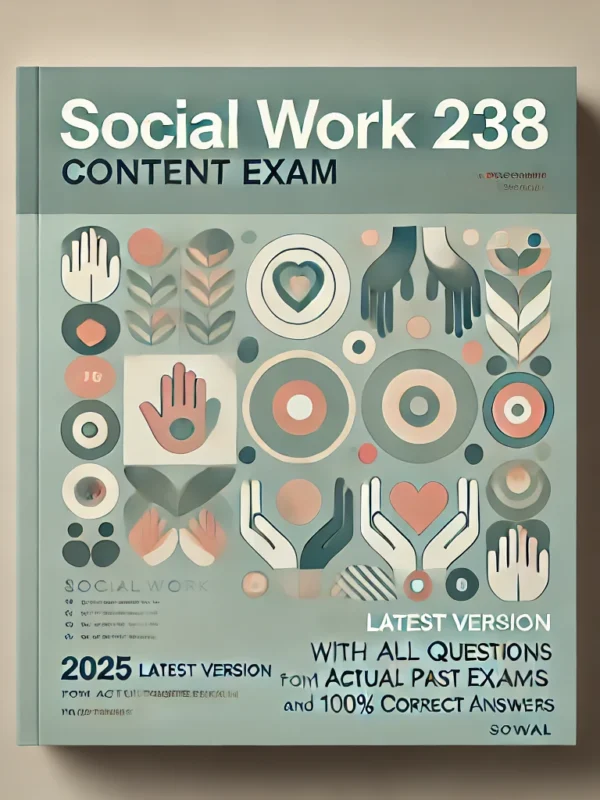
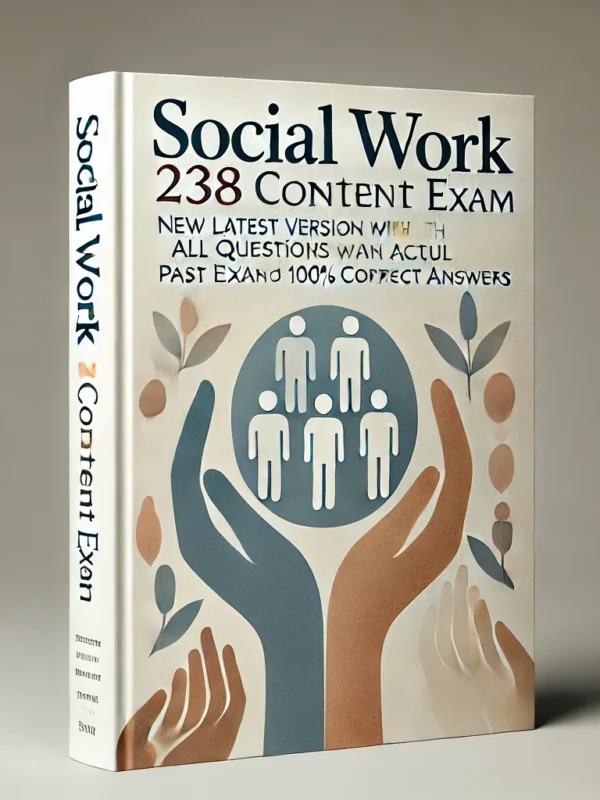

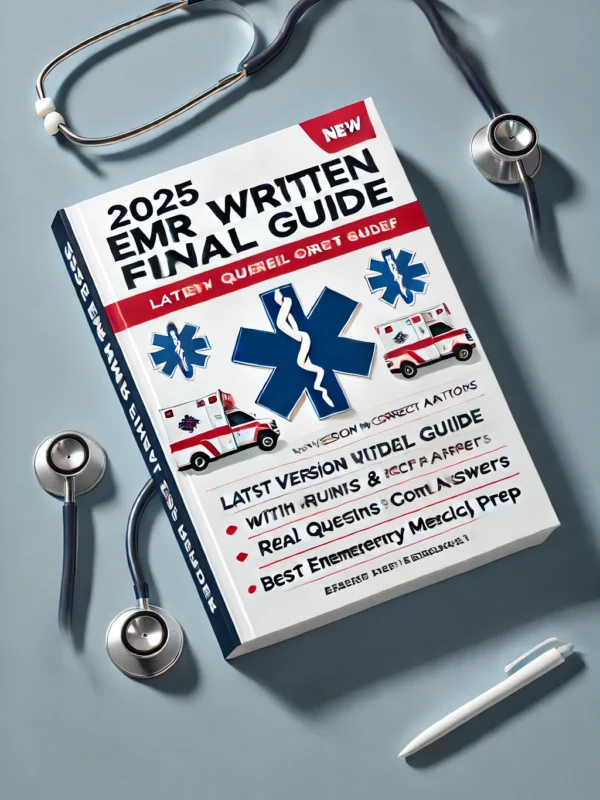


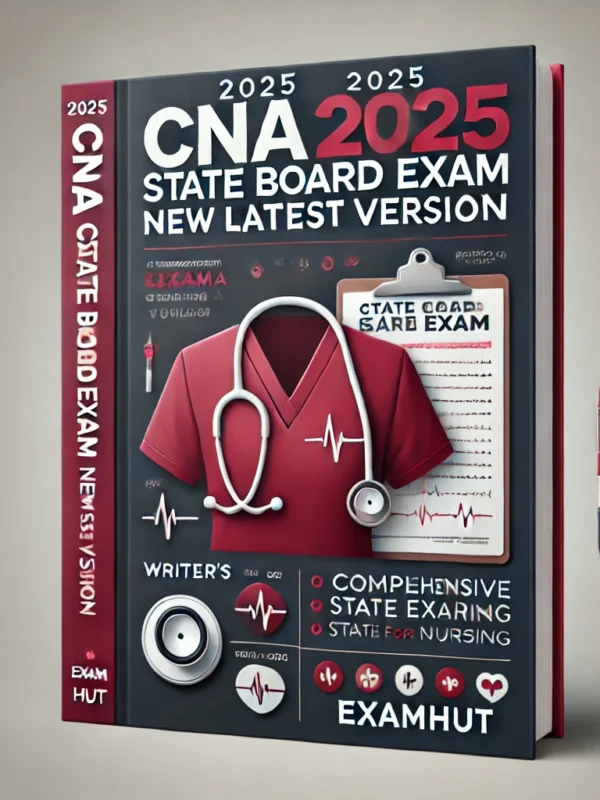

Reviews
There are no reviews yet.